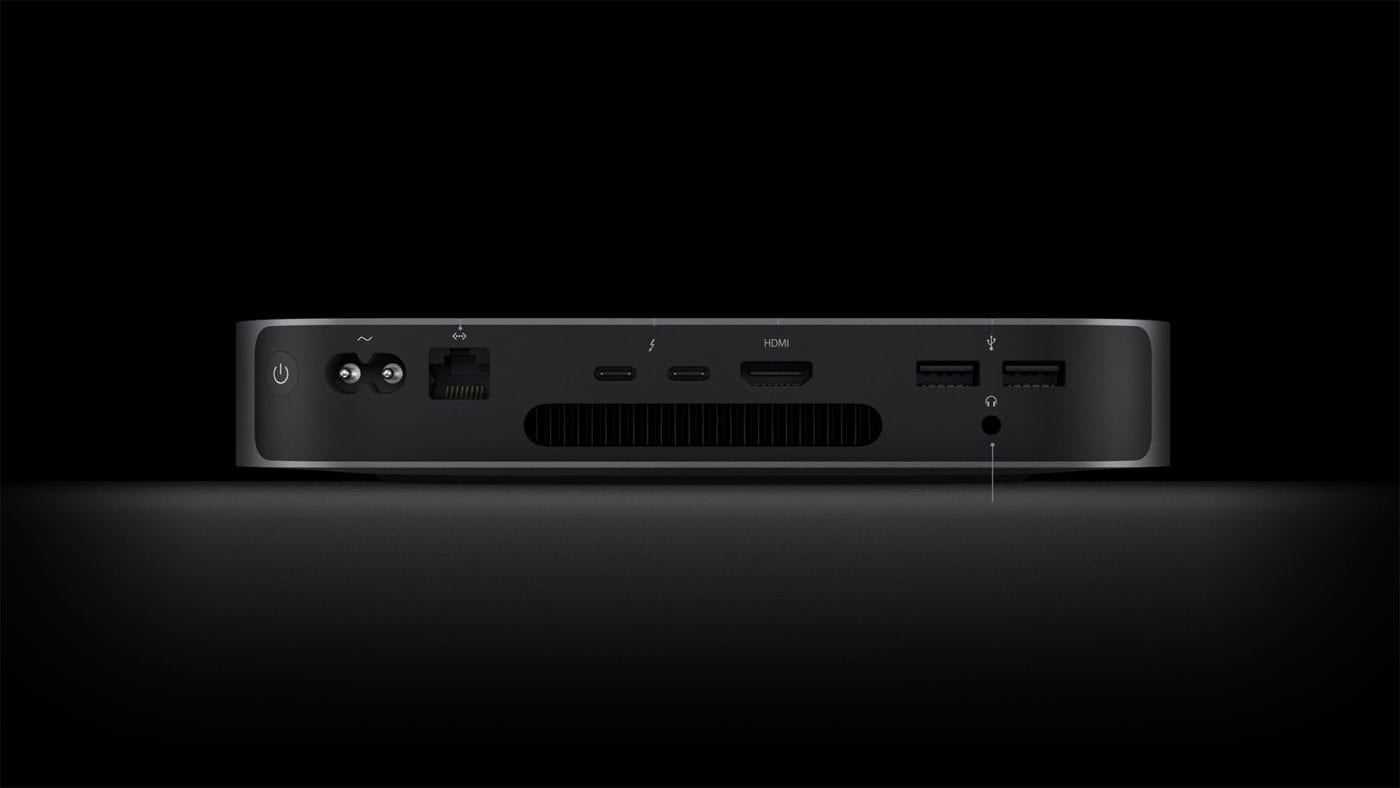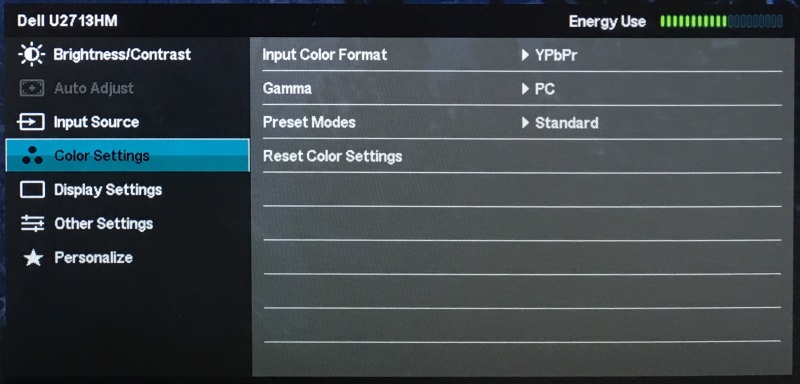

- #Configure lg 4k monitor mac 2015 1080p#
- #Configure lg 4k monitor mac 2015 upgrade#
- #Configure lg 4k monitor mac 2015 windows 10#
- #Configure lg 4k monitor mac 2015 pro#
- #Configure lg 4k monitor mac 2015 software#
Perhaps it plans to release a future OS X upgrade with 60 Hz support in tow. Maybe Apple wants to sell more MacBook Pros. Perhaps it has to do with heat or some other vital system aspect. The Intel Core M chip, along with the Intel HD Graphics 515 integrated graphics, support 4K resolution at 60 Hz.Īpple may have a valid reason for holding back 4K 60 Hz. DisclaimerĪs to why Apple did not enable 60 Hz resolution out of the box on the 2016 MacBook, I’m still not sure. Watch the step-by-step process in our video tutorial for the details.

In fact, I just did so on the LG 27UD88 4K USB-C monitor that I recently reviewed.
#Configure lg 4k monitor mac 2015 1080p#
The good news is that it is possible to enable 60 Hz at native 4K resolution and 1080p (HiDPI/Retina) resolution on a 2016 MacBook. It’s not immediately clear as to why this is, but on its support page, Apple makes it known that 4K resolution is limited to 30 Hz. Sadly, the MacBook only supports 30 Hz out of the box for 4K resolution. Operating at 30 Hz results in jerky and choppy cursor movement, and in some cases can induce headaches after prolonged use. The jump in refresh is a big deal, as anyone who’s tried to put up with running a 30 Hz refresh rate can attest to. One of the great things about the new Intel hardware inside of the 2016 MacBook is that it’s capable of supporting 4K resolution at 60 Hz. Such a feat is achievable via an easy-to-apply IOKit patch. I think my cable is going out but I haven't bothered to replace it, but you could try that.The 2016 MacBook is capable of driving a 4K display at 60 Hz via a single USB-C cable. Most monitors have a pixel order of (from left to right) red, then green, then blue, but some do it backwards and OS X doesn't seem to be able to handle it sometimes.Īlso, sometimes it goes black for a second or two, and sometimes it shows green lines and plays a strange sound.


#Configure lg 4k monitor mac 2015 windows 10#
While running Windows 10 it looks better but is still at 30 Hz. The active part is needed because otherwise it will pipe the same 1.4 as the HDMI ports if you use a "dumb" cable/adapter. The HDMI ports on the MBP are 1.4 and not fast enough, but the Mini-DisplayPort ports are fast enough. You'll also need an active (Mini-)DisplayPort to HDMI 2.0 adapter. You'll have to disable System Integrity Protection (which normally prevents system files from being modified - mostly for security purposes) to add custom "supported" resolutions to the Mac, which involves a reboot once to turn SIP off and again to turn it back on, all the while being more vulnerable than normal to viruses, although probably not vulnerable enough to worry too much as long as you remember to turn it back on.
#Configure lg 4k monitor mac 2015 software#
I'm using a Sony 43" 4k TV with HDMI 2.0 right now.įor some reason the MBP insists it can only run it at 30Hz, but with a piece of software such as SwitchResX you can manually add your resolution/refresh rate combination to the list of "supported" resolutions.
#Configure lg 4k monitor mac 2015 pro#
If any reader has a logical explanation and/or solution for this, please post your answer.Ĭan I do with my early 2015 MacBook Pro Retina? This result has persisted despite restarting my Mac but I do not know if this behavior is limited to my example. The refresh rate on the 4K screen is dropped to 30 Hz if it's one of only two active displays. To sum up, this means that my early 2015 rMBP 13" will only display 4K 60 Hz on the screen capable of doing so if either all 3 displays are active or the 4K display is the only active display. Scenario 3 = 2 desktops without builtin screen:ĭisplay 1 (old) is connected with 900x1440 60 Hz,ĭisplay 2 (4K) is connected with 3840x2160 60 Hz Scenario 2 = 2 desktops with builtin screen:ĭisplay 2 (4K) is connected with 3840x2160 only 30 Hz RMBP Early 2015 with macOS 10.12.6 and 16 GB RAM ĭisplay 1 (old): 900x1440 via mDP-DVI adaptor and DVI cable Display 2 (4K): 3840x2160 via mDP-DP cableĭisplay 2 (4K) is the only desktop displayed at 3840x2160 Hz Also, MacOS does not let me choose the refresh rate for the 4K screen when it's connected through the Mini DisplayPort to DisplayPort cable - other than feeling the difference, I only see the refresh rate in the system profiler. However, there are anomalies on my side when it comes to the refresh rate depending on my screen setup. I have a similar device (Early 2015 rMBP with 16 GB running macOS Sierra 10.12.6) and can confirm that it will power an external 4K display at 60 Hz - it's supposed to power two external displays at 4K (3840x2160) in addition to the builtin display, in fact.


 0 kommentar(er)
0 kommentar(er)
